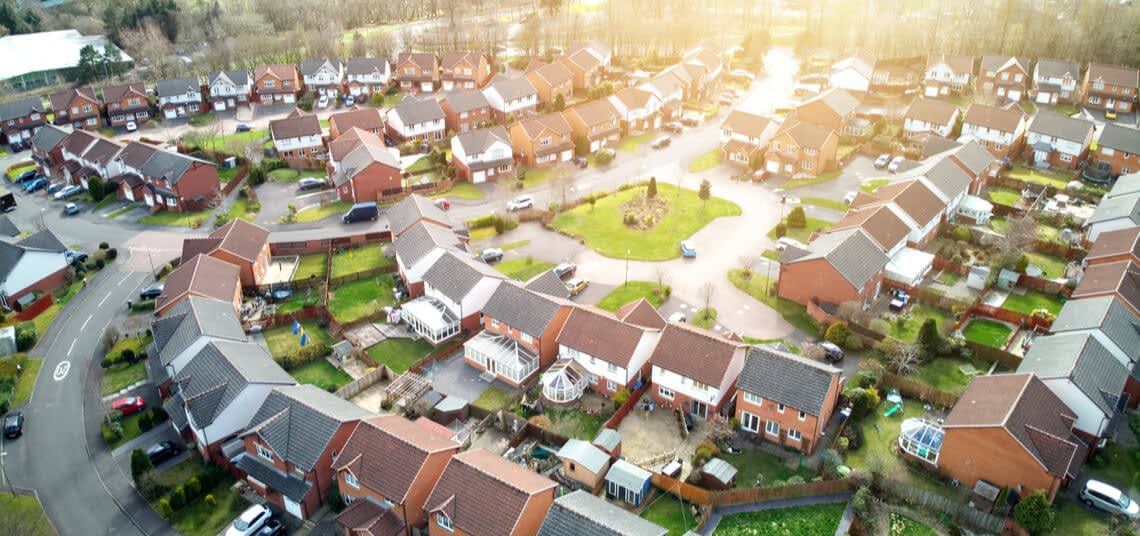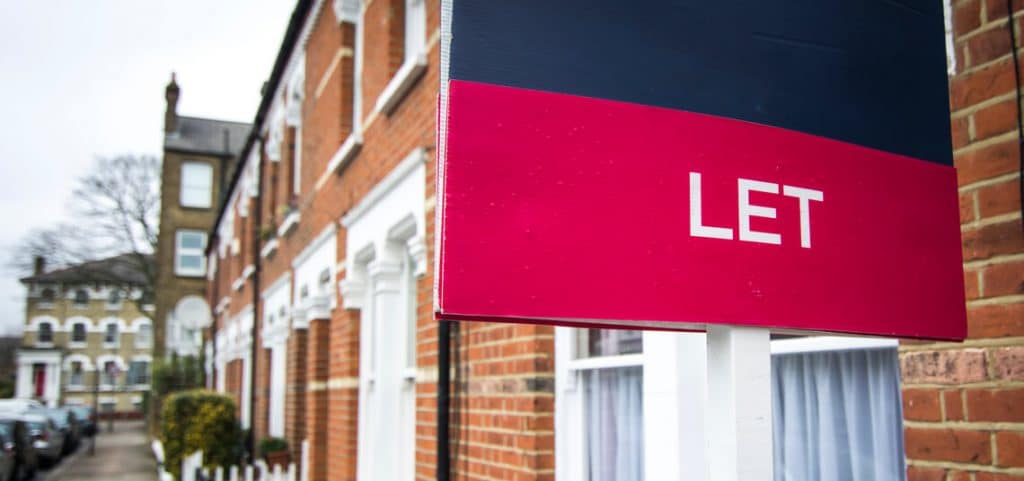Before you can buy a new home, first, you’ll need to know what you can afford. While that might seem logical, the amount isn’t always clear for potential movers – especially if you’re a first-time buyer. How much deposit do you need? What impact does it have on the amount you can borrow for the mortgage? How do deposits work with different lenders? There’s a fair few questions, and we’re going through them all to give you a clearer idea of what you can borrow when buying a new home.
The deposit sets the tone
You will need to have a clear idea of your deposit amount before seeing how much you can borrow. The deposit sets the tone and is the primary driver, as it’s the money coming directly from you. When people borrow money for a mortgage, they use it to make up the amount leftover after the deposit.
To illustrate, if you’re buying a home worth £200,000 and have a deposit of £25,000, you’ll need to borrow £175,000 to buy the home. This is known as the loan to value (LTV), and in this case the LTV would account for 75%–you’d then fund 25% of the house with your own money and borrow the remaining amount.
Deposits often come from savings you’ve accumulated over the years or even the bank of mum and dad. The average deposit for buying a home in the UK is around 15%, though many lenders now offer 95% mortgages (more on that in a bit), meaning you would need a deposit of just 5%.
Help is at hand with a trusty calculator
Once you have your deposit in place, it’s time to get a better idea of how much you can borrow. The best way to do this is with an online mortgage calculator, either directly with the lender or by using an online comparison website. Simply enter a few details, such as your income, deposit amount and the value of the house you’re interested in buying.
It will return an indication of how much you can borrow. It’s important to remember that the amount provided by the calculator is just an estimation. It gives you a clearer idea of whether the number you entered is realistic, but it’s not an official amount.
To know exactly how much you can borrow, you’ll need to get a mortgage in principle and then go through the full application process. Still, with an online mortgage calculator, you can better understand what you may be able to borrow for a mortgage.
Think about the monthly payments
As well as being able to see how much you can borrow, you’ll also need to factor in the monthly repayments. When you get a mortgage, you will need to pay the amount borrowed plus interest each month.
Your monthly mortgage payments are determined by how much you borrow. So make sure you can afford the repayments, as failure to do so could result in the repossession of your home in the worst-case scenario.
If you get a fixed-rate mortgage, the payments stay the same even if the Bank of England base rate changes, meaning there’s more security for you. If you’re on a tracker mortgage, they follow the base rate and could increase or decrease in line with the BOE changes.
What contributes to how much I can borrow?
Lenders need to assess whether or not you can comfortably afford the monthly repayments. To do this, they look at a number of factors such as your credit score, income and outgoings. This is known as an affordability assessment, with the lender ‘stress testing’ your ability to repay the mortgage.
It helps if you have a good credit history and generally look after your finances without having significant outgoings. They will also ask questions about your career and if your job is stable. Essentially, they want to know that you have a steady income, are responsible with finances and can manage the repayments.
Different mortgage options and government schemes
Mortgage options
So if you bought a house for£200,000, you would only need to pay a deposit of £10,000, which is considerably less than the £30,000 required if the deposit was 15%. It’s important to remember that the lower the deposit, the higher the interest rates and monthly repayments. So if you can pay a little bit more, it might be worth exploring. The main thing, however, is that you have plenty of options for how to get a mortgage.
Government schemes
The government has also created a number of schemes to help first-time buyers get on the property ladder. These include:
- Help to Buy: Equity Loan
- Shared ownership
- Help to Buy ISA
Government schemes can be helpful if you’re struggling to get the required deposit. Through initiatives like shared ownership, you pay for a portion of your home and pay rent on the rest, increasing or decreasing your stake as you see fit. Other help to buy schemes can supplement some of your deposit, making it easier for you to afford a house.
Final thoughts: borrowing the right amount
Knowing how much you can borrow is vital for starting your house-buying journey and finding a place. With the help of online mortgage calculators, you can get a better idea of what you can afford so you can begin your search and find your dream home with more confidence.



